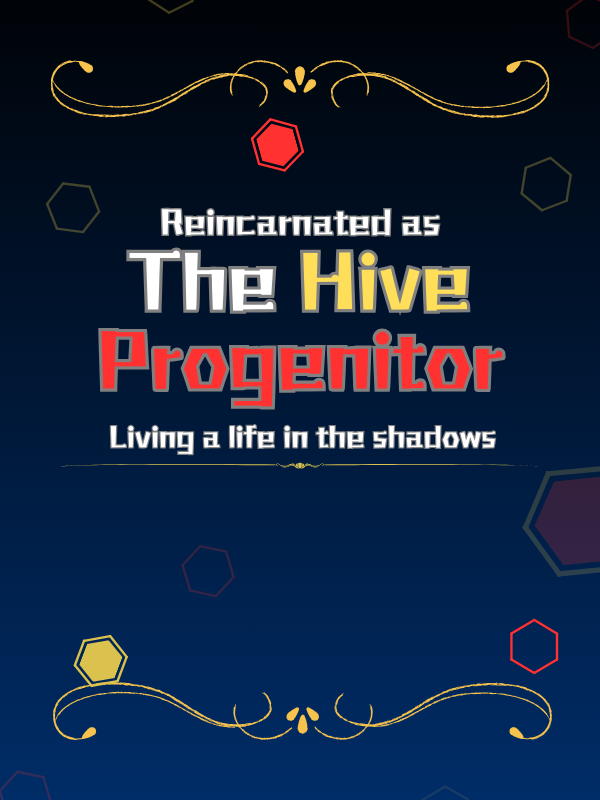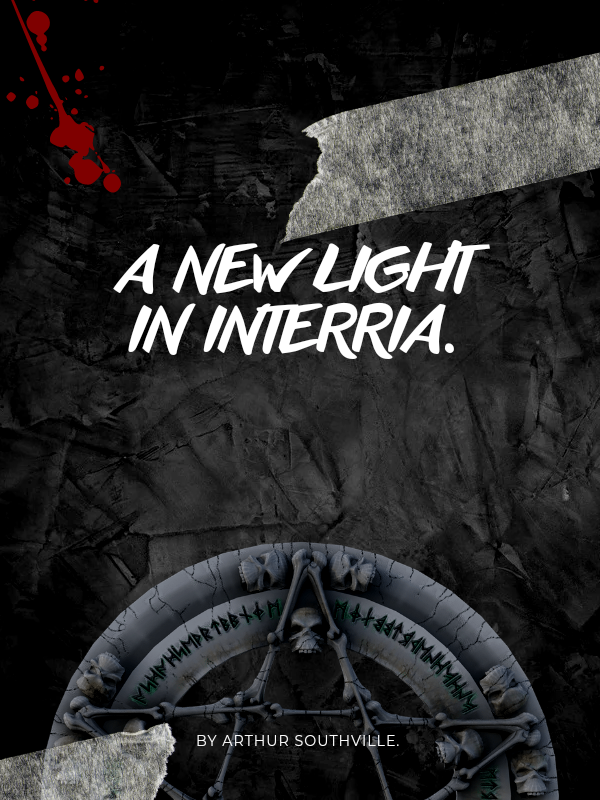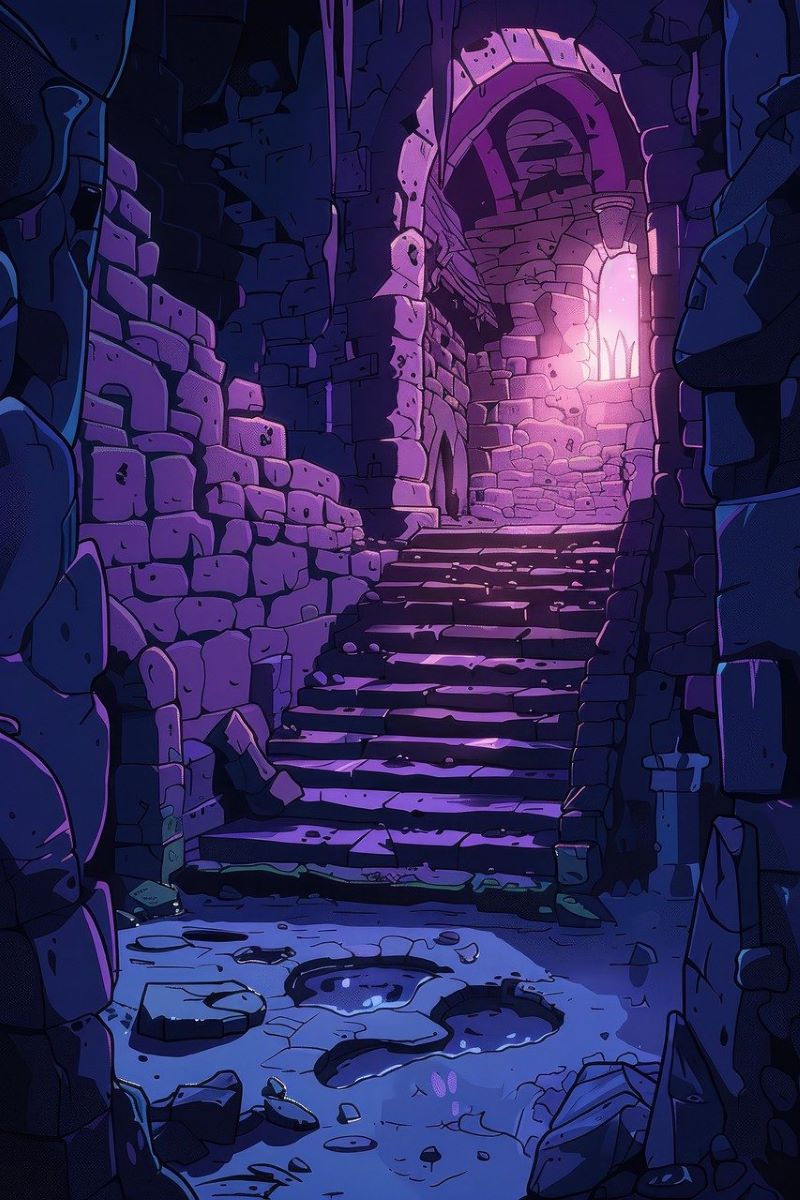A Step By Step Perfection
Epsilon immersed himself in shaping the perfect steel and aluminium he bought as the raw materials to create, and enchant, the Star Panel. He took the thick metal sheets and started molding them into the shape of a square, enchanting the material itself with the required magic and knowledge.
This assignment was the kind that needed as delicate and detail-oriented measures as possible because even one weak link was enough to fail in achieving the desired outcome.
“I need to add more magical means into the material so that it would be powerful enough to hold Ravia’s attention.”
Without adding magical means to the material itself, and across every step of the process, the effect of the three spells would be lesser. Enchanting a basic piece of wood was not the same as bewitching a magical wand to enhance different kinds of magical materials.
For Epsilon, this theory fell in the category of common sense. He believed that adding magic at each step would create a whole that was greater than the sum of its parts. He touched the steel and aluminium metal and filled up the fantasia component.
‘Square’
‘Knowledge 1’
In Euclidean geometry, a square was a regular quadrilateral, which meant it had four equal sides and four equal angles (90-degree angles, or 100-gradian angles or right angles). It could also be defined as a rectangle in which two adjacent sides have equal length.
‘Knowledge 2’
A convex quadrilateral was a square if and only if it was any one of the following — a rectangle with two adjacent equal sides, a rhombus with a right vertex angle, a rhombus with all angles equal, a parallelogram with one right vertex angle and two adjacent equal sides, and a quadrilateral with four equal sides and four right angles.
After Epsilon stopped touching the two square materials respectively, they turned into refined pieces in square shapes. Epsilon was certain that unless they were destroyed by an overwhelming magical force, their shape would remain the same till the end of time.
“Good. Now, let’s work on the matter of integrating the aluminium and steel for more impact.”
Epsilon took the perfect steel square sheet and put it on top of the perfect aluminium square sheet. He then began combining the two metals into one. He did not want complete integration like one would achieve by melting and mixing metals but just wanted to stick the two sheets together. This would give him a better chance of adding one more level of enchantment to the base materials. This would make the final output much more resilient.
‘Galvanic Corrosion’
‘Knowledge 1’
‘Corrosion of Steel and Aluminium’
‘Corrosion & Corrosion Resistance Galvanic Corrosion: The issue of corrosion poses an extreme concern in design. One of the first questions a designer must address when analyzing a fastener application is whether the fastener will be subjected to a corrosive attack during service. It is important to understand that there were several different types of corrosion including galvanic corrosion, concentration-cell corrosion, stress corrosion, fretting corrosion, pitting and oxidation. The most common form of corrosion was rust (oxidation) associated with steel structures and fasteners, although the effects of a corrosive attack can be seen in many other structural materials.’
Epsilon finished adding the ‘Galvanic’ enhancement to the two materials and almost immediately saw a connection between the two — they gave similar reactions to external stimuli. Seeing that galvanic corrosion could not only be used for combining the two materials but also allowed some effects to be duplicated gave Epsilon some relief because it meant the two metals could work better together.
He exhaled and whispered to himself.
“Let’s start welding these two into one piece and then enchant the necessary spells into the material.”
For welding, Epsilon would use magic again. To complete the process, one had to know that using magical energy would mean more power and durability in the longer run. Epsilon used 10 Ether Stones as the price for the welding spell to be stronger and more effective.
‘Magic Welding’
‘Knowledge 1’
‘Welding was a fabrication process that joined materials, usually metals or thermoplastics, by using high heat to melt the parts together and allowing them to cool, causing fusion. Welding was distinct from lower temperature metal-joining techniques such as brazing and soldering, which do not melt the base metal.
In addition to melting the base metal, a filler material was typically added to the joint to form a pool of molten material (the weld pool) that cooled to form a joint that, based on weld configuration, could be stronger than the base material (parent metal). Pressure may also be used in conjunction with heat or by itself to produce a weld. Welding also required a form of shield to protect the filler metals or melted metals from being contaminated or oxidized.
Many different energy sources could be used for welding, including a gas flame (chemical), an electric arc (electrical), a laser, an electron beam, friction and ultrasound. While often an industrial process, welding may be performed in many different environments, including in open air, underwater and outer space.
Welding was a hazardous undertaking and precautions were required to avoid burns, electric shock, vision damage, inhalation of poisonous gases and fumes and exposure to intense ultraviolet radiation.
‘Knowledge 2’
These processes used a welding power supply to create and maintain an electric arc between an electrode and the base material to melt metals at the welding point. They could use either direct current (DC) or alternating current (AC), and consumable or non-consumable electrodes. The welding region is sometimes protected by some type of inert or semi-inert gas, known as a shielding gas and filler material is sometimes used as well.
As Epsilon finished creating the ‘Magic Welding’ section, he used the newly created spell by consuming 10 Ether Stones and the connected perfect steel and aluminium square that now looked like one unit.
The size of the square was not more than 30 cm across its edges. It did not appear very big on the outside but since it was forged with magic through and through, Epsilon had a good sense of its true strength.










